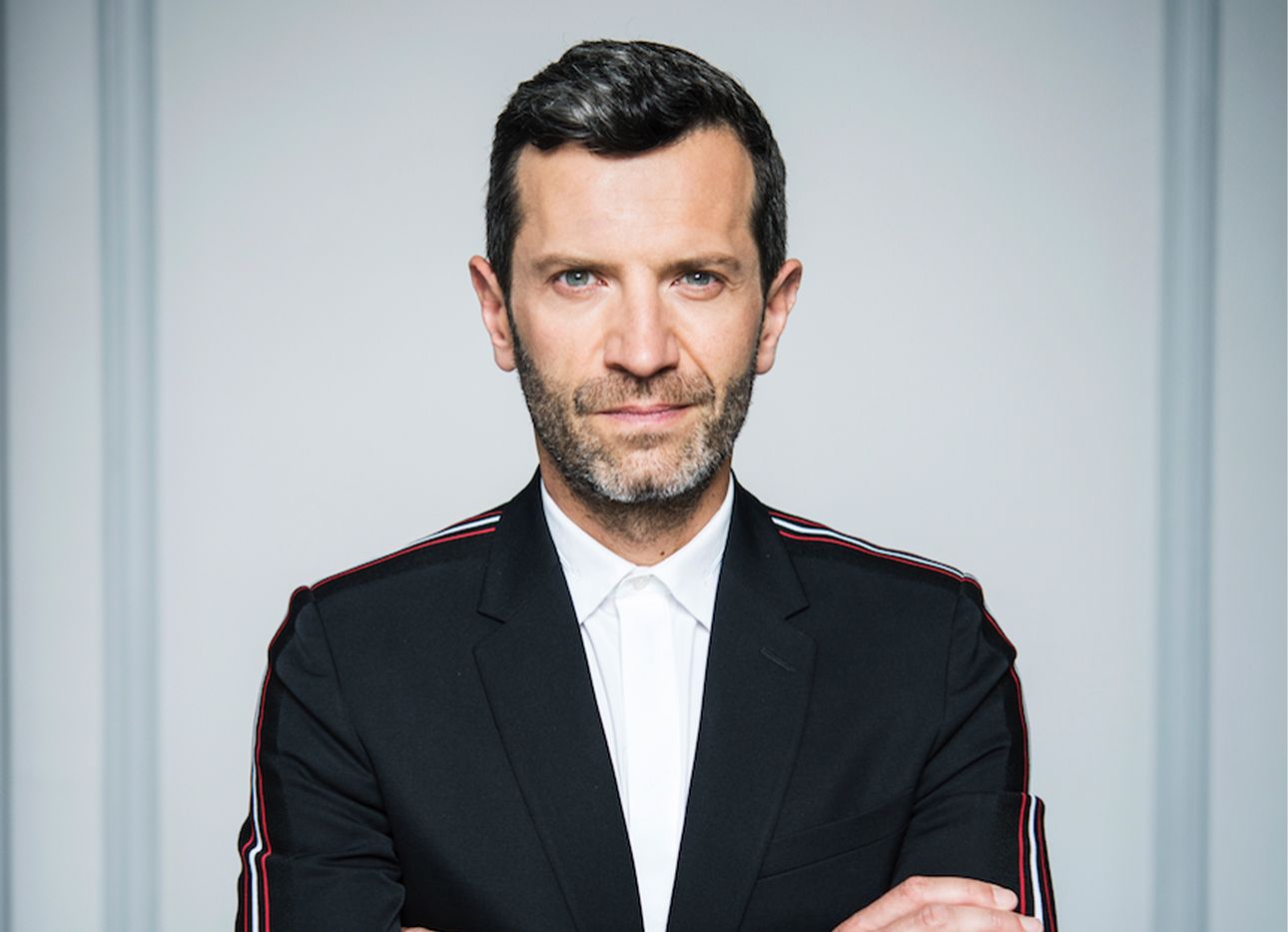
Yann Vasnier on the Fragrance World’s Renewed Interest in the Outdoors
Chances are, you’ve smelled perfumer Yann Vasnier’s work without even knowing it. The French fragrance virtuoso, who has crafted perfumes for the likes of Comme des Garçons, Marc Jacobs, Moschino, and Alexander McQueen, is among the most prolific figures in the industry. Given that his curiosity spills over into many other realms, too, the chances are even greater. Collaborating with visual artists such as Bianca Bondi and the Perrotin art gallery, as well as creating innovative new fragrance technologies, Vasnier continues to build on his virtually omnipresent, multidimensional body of olfactory work. Speaking over Zoom, we recently had the opportunity to discuss his thoughts on what’s next for his generous—and ever-generative—practice.
What are you thinking about these days, in terms of smell?
There is such a renewed interest in the outdoors at the moment. I think everyone is in need of positivity right now—festive, colorful, bright notes. For a recent examination of pandemic-driven social behaviors, Givaudan [a Swiss maker of flavors, fragrances, and cosmetic ingredients] hosted an event that explored scent as individuals rediscover nature. Based on this, I created a scent we called “Ginger Lily,” which is a mixture of ingredients, including Kahili ginger flower petals; our DreamScentz technology, which is actually designed to improve the quality of sleep; and our VivaScent, which brings the wearer an overall sense of well-being.
I imagine that what we’ve experienced this past year—which of course includes covering our noses with masks—has had an impact on the way you work. Are there larger trends you’re seeing in the fragrance field at the moment, as we readjust?
Absolutely. There’s a big push internally in fragrance houses—by perfumers, and by our clients—to be closer to nature. This year, we really saw an acceleration toward a greater ecological mindfulness. We had a little more time to consider how we were working: to be more efficient, and to work more locally. We were pushed to use raw materials that were closer in location to us, rather than shipping internationally.
As for masks, I work with Perrotin galleries on spatial fragrances, and you can smell the scent even with a mask on! We are adaptable beings.
Could you describe how you go about creating a new fragrance?
All perfumers have a library of ideas that they have worked on in the past, so they can start by digging in there. A designer will brief us with the type of person imagined in a project, the concept, the colors. That’s when the creative process starts, and then I can think about ideas and raw materials. Usually, I completely redo the brief from the client so that I can better consider it for myself. After that, there’s a lot of back and forth with my colleagues, with the clients, with the designer, with consumer tests. It’s a long process that can be full of surprises.
Do other senses play a part in your work?
Our other senses are key. The visual world in particular is so rich and gives you so much to work with—and touch does, too. Our visual literacy is almost frustrating. It’s so prioritized! There’s so much you can give with your other senses that plays a part in this process; it all works together.